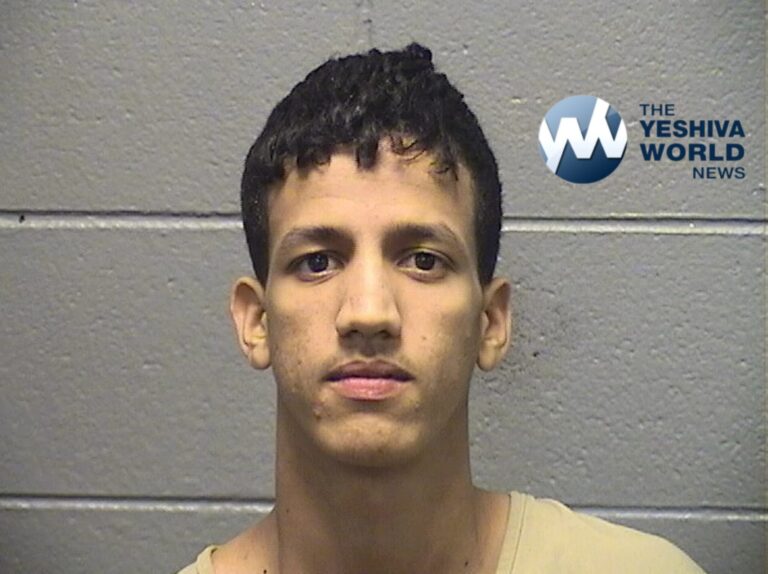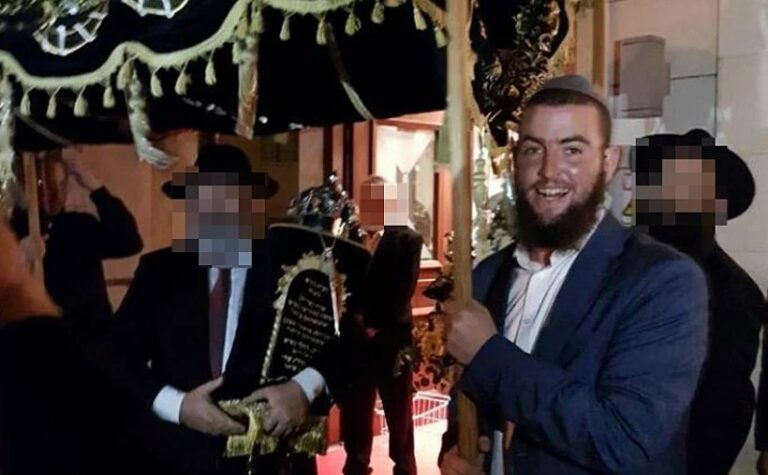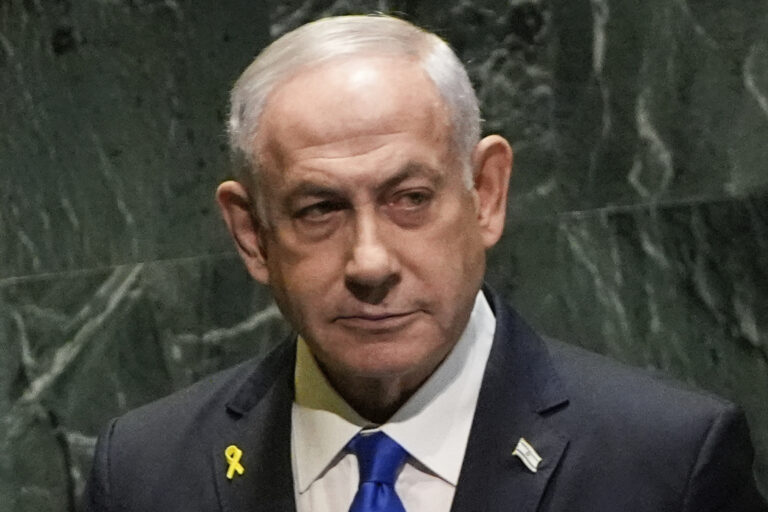President Donald Trump has exercised his pardon power for the first time, using it to pardon former Arizona Sheriff Joe Arpaio. A look at the president’s unique power:
WHERE DOES THE PRESIDENT’S PARDON POWER COME FROM?
Article II, Section 2, Clause 1 of the Constitution says: “The President … shall have Power to grant Reprieves and Pardons for Offences against the United States, except in Cases of Impeachment.” The president’s power can only be used to pardon someone for a federal crime, not a state one.
HOW DOES THE PARDON PROCESS USUALLY WORK?
Someone who has been convicted of a federal crime and wants to be pardoned makes a request for a pardon to the Justice Department’s Office of the Pardon Attorney, which assists the president in exercising his pardon power. Department rules tell pardon seekers to wait at least five years after their conviction or their release from prison, whichever is later, before filing a pardon application.
It’s then up to the pardon office to make a recommendation about whether a pardon is warranted. The office looks at such factors as how the person has acted following their conviction, the seriousness of the offense and the extent to which the person has accepted responsibility for their crime. Prosecutors in the office that handled the case are asked to weigh in. The pardon office’s report and recommendation gets forwarded to the deputy attorney general, who adds his or her recommendation. That information is then forwarded to the White House for a decision.
WHAT MAKES ARPAIO’S PARDON UNUSUAL?
Arpaio didn’t submit a pardon application through the Office of the Pardon Attorney. His pardoning also took place before he was sentenced. Arpaio was convicted July 31 of misdemeanor contempt of court for intentionally defying a 2011 court order to stop traffic patrols that targeted immigrants. He had been set to be sentenced Oct. 5 and faced up to six months in jail. The fact that Arpaio was pardoned for a misdemeanor offense, which carries a penalty of less than a year in jail, is also unusual. Generally those seeking presidential pardon have been convicted of felonies.
WHAT HAPPENS TO ARPAIO’S CASE NOW?
One of Arpaio’s attorneys, Jack Wilenchik, said in a telephone interview Saturday that next week Arpaio’s attorneys will file a motion to vacate his conviction and to dismiss the case with prejudice, “meaning forever.” ”This is the end,” he said. Wilenchik said of the pardon the “president has done the right thing here.”
WHO ELSE MIGHT TRUMP PARDON?
Arpaio’s is Trump’s first pardon, but hundreds of other people also want his help. According to Justice Department statistics , as of Aug. 7 Trump had 376 requests for pardons pending and 1,508 requests for commutation, a reduction of a prison sentence a person is currently serving.
It’s not unusual for presidents to ultimately use their power to help hundreds. During his time in office President Barack Obama granted 212 pardons and commuted the sentences of approximately 1,700 people, including about 300 drug offenders he pardoned on his last day in office and Chelsea Manning, the transgender Army intelligence officer convicted of leaking more than 700,000 U.S. documents. President George W. Bush pardoned 189 people and commuted 11 sentences.
(AP)












2 Responses
The president can pardon anyone convicted of a federal offense. it is very simple.
Originally the pardon power was very important since under Anglo-American law, all felonies were capital, and the courts routinely sentenced people for minor offenses knowing the king would pardon them, or at least reduce the sentence to transportation to American or Australia (where they got to be “blue blood” founders of a new nation). Obama also made many political pardons to please his supporters, including some a rather nasty domestic left-wing terrorist.
Let’s not forget to Davenport for Sholom Mordechai Ben Rivka and all other yidden who are suffering from Baal din kosheh